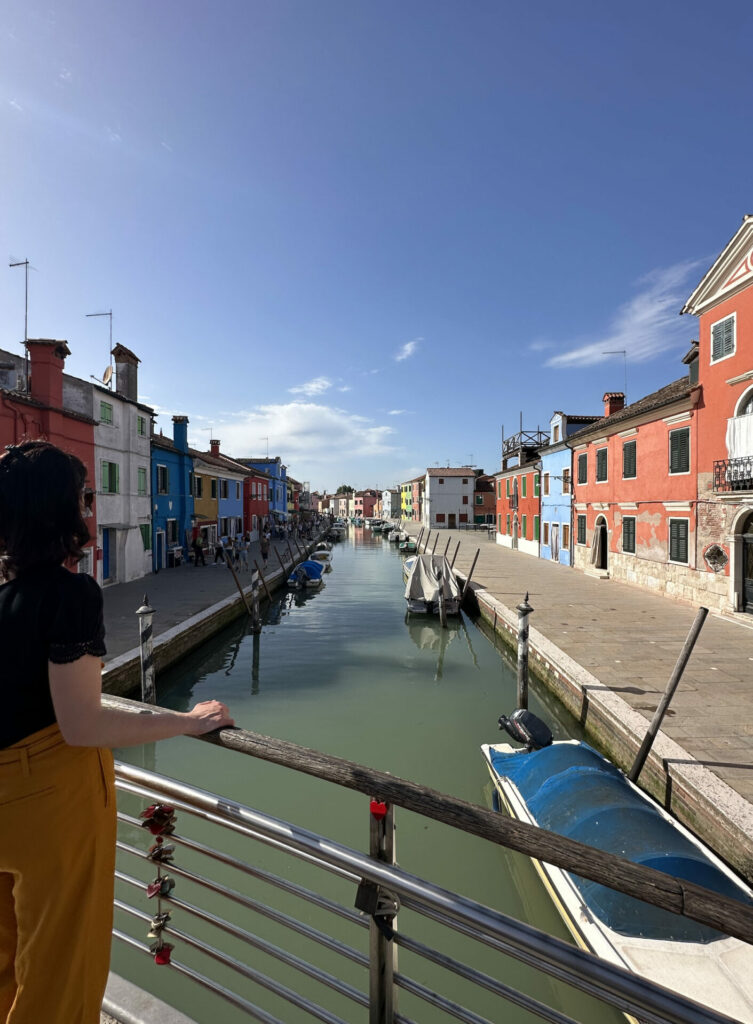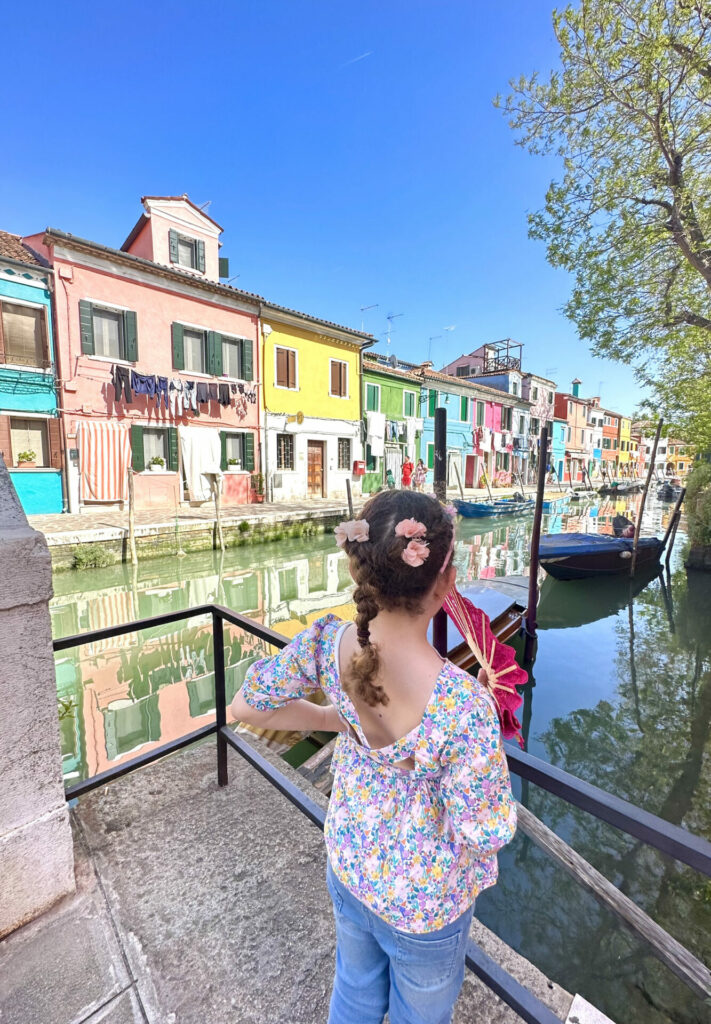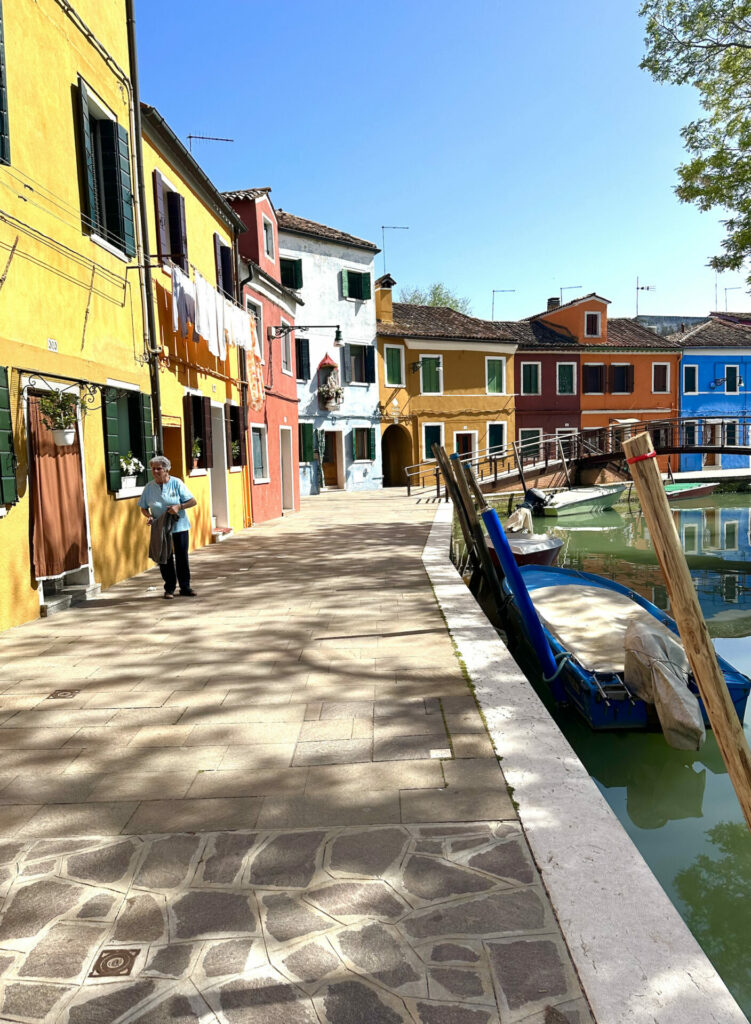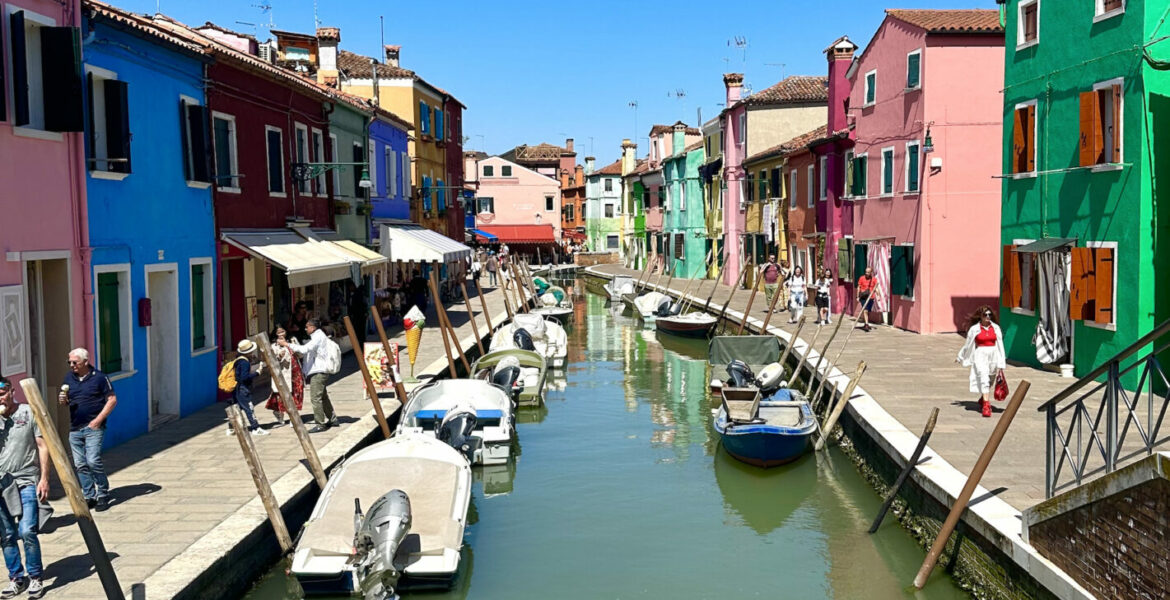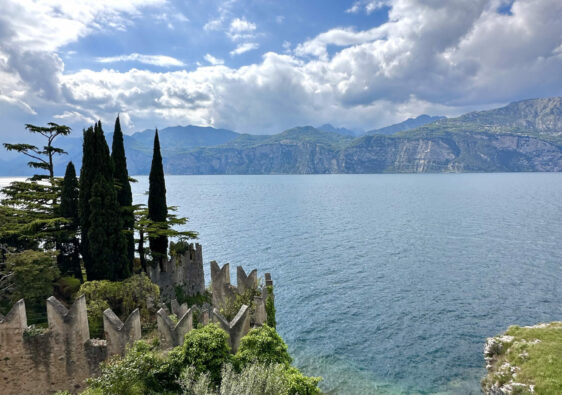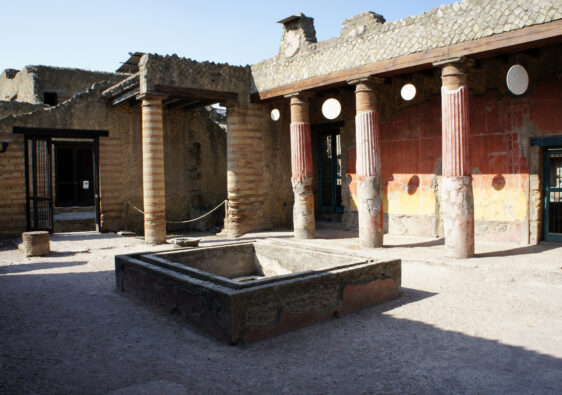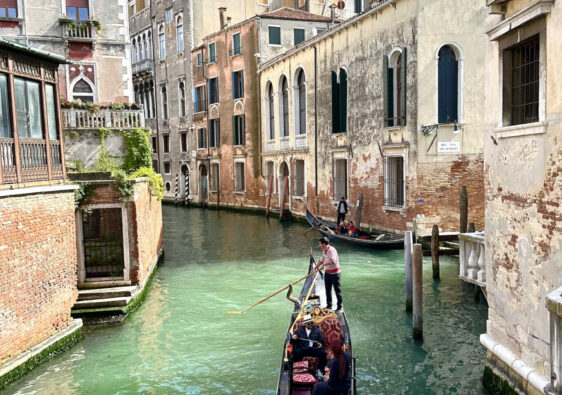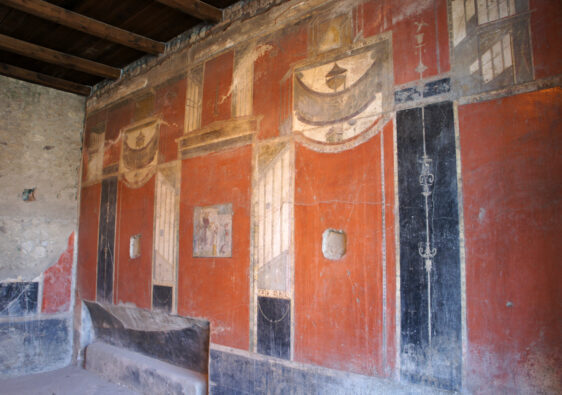Venice is surrounded by several islands of varying sizes and levels of fame. The most popular and touristic ones are Murano and Burano. If you are planning a stay of several days in Venice, it would be a shame not to visit them. Often less frequented than Venice, these islands offer more tranquility and the opportunity to discover their specialties.
How to get to the islands of Burano and Murano?
To reach Murano and Burano, you will need to take a boat from Venice! The public transport dock for these islands is located north of Venice, on Fondamente Nove. Tickets are sold there all day, either one-way or round-trip. With ACTV, you can find the current prices and schedules on their website.
Regarding prices, the boat to the islands can be quite expensive. If you are staying for several days, it is worthwhile to get the Venezia Unica City Pass, which is quite expensive but quickly pays off if you are with children and staying for several days. For example, a round trip for four to Burano will cost around €60 without the card! This card can be purchased directly at an agency, such as at Piazzale Roma, for instance.
During peak season, the boats can quickly become crowded! You might have to stand during the journey. As with all tourist spots, we recommend going early in the morning or late in the evening.
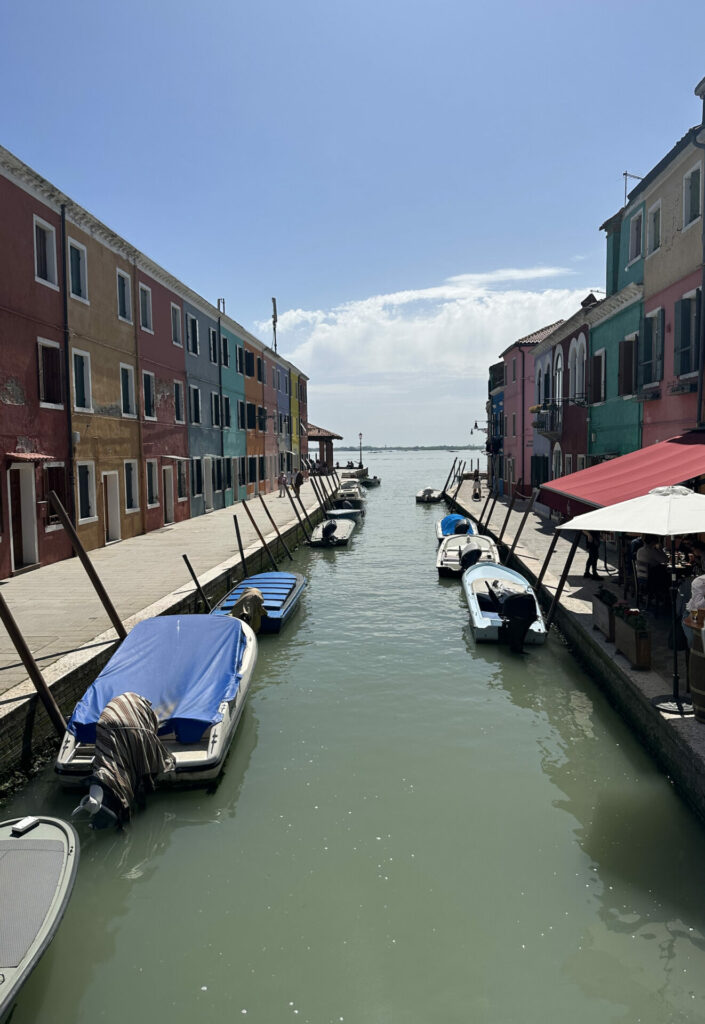
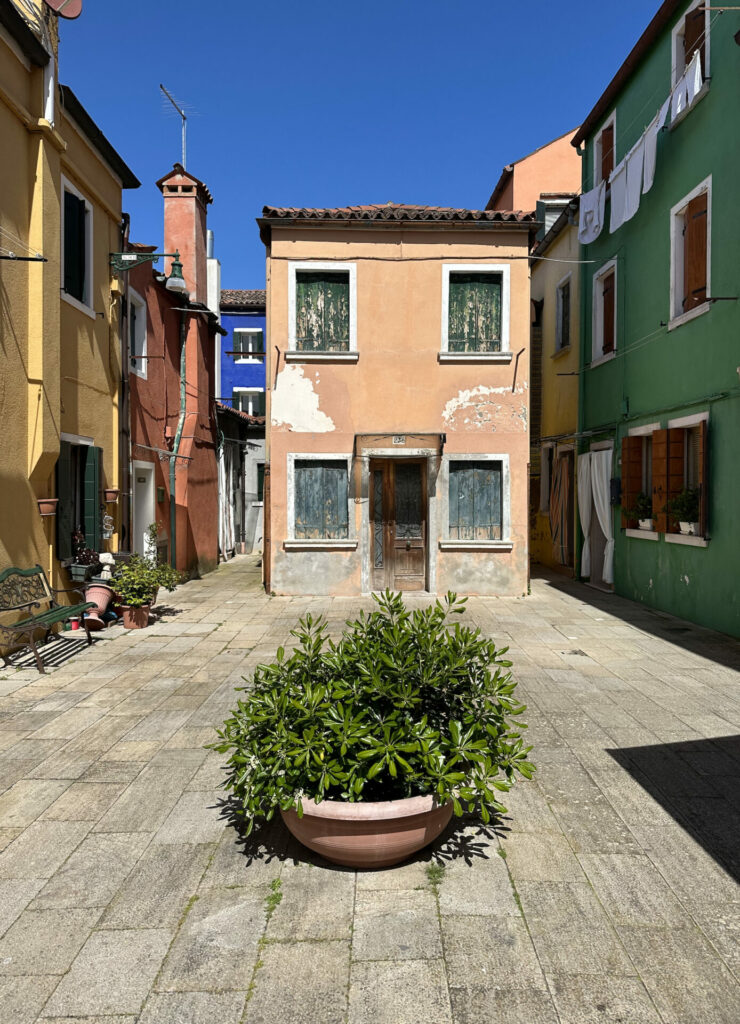
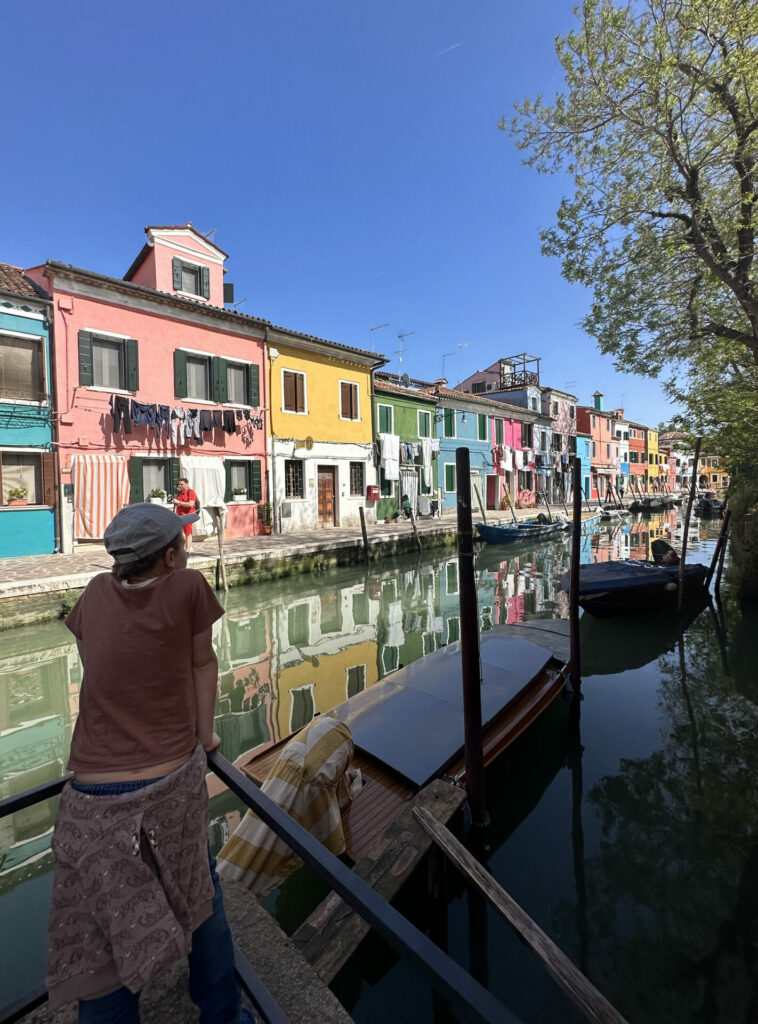
Which island to choose between Burano and Murano?
This is the question we were asked the most on our Instagram page during our stories!
Well, you might be disappointed, but our answer is that it’s impossible to choose! The two islands are very different, and it all depends on what you’re looking for and what you like. Of course, we do have our own little preference. Feel free to share yours in the comments!
Murano is the closest island to Venice. The trip takes about 20 minutes, so the boat tickets are cheaper. Therefore, it is more visited than its neighbor. You will find almost as many people there as in Venice! Known for its glass industry, the architecture of Murano is more “industrial” with brown-red brick buildings, distinctly different from its neighbors Venice and Burano. You can still feel its industrial past today, and you can visit glass factories there.
Burano is farther away; it takes about 45 minutes by boat with a higher ticket price. Completely different from its neighbor Murano, Burano is an open-air rainbow. Once a fishing port, legend has it that the wives of sailors painted their houses in ochre, red, and orange colors so they would be visible from the sea, even in gray weather! Today, the color palette has expanded, and each house competes in originality. With its facades, flowers at the windows, and curtains fluttering in the wind in front of the doors, Burano is absolutely magnificent!
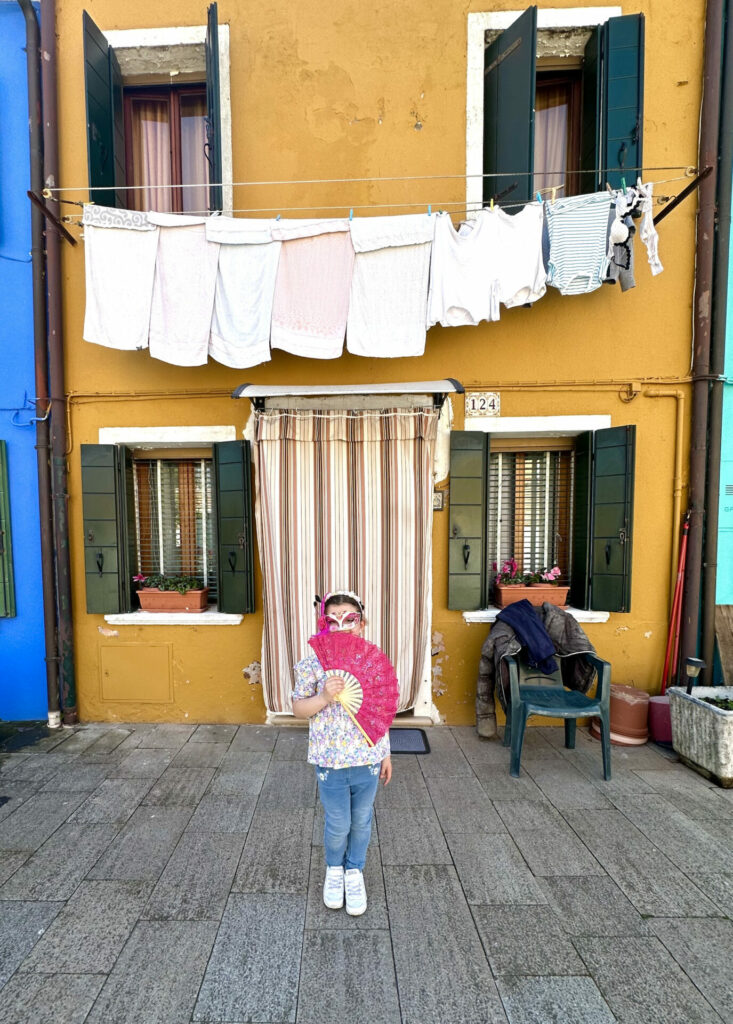
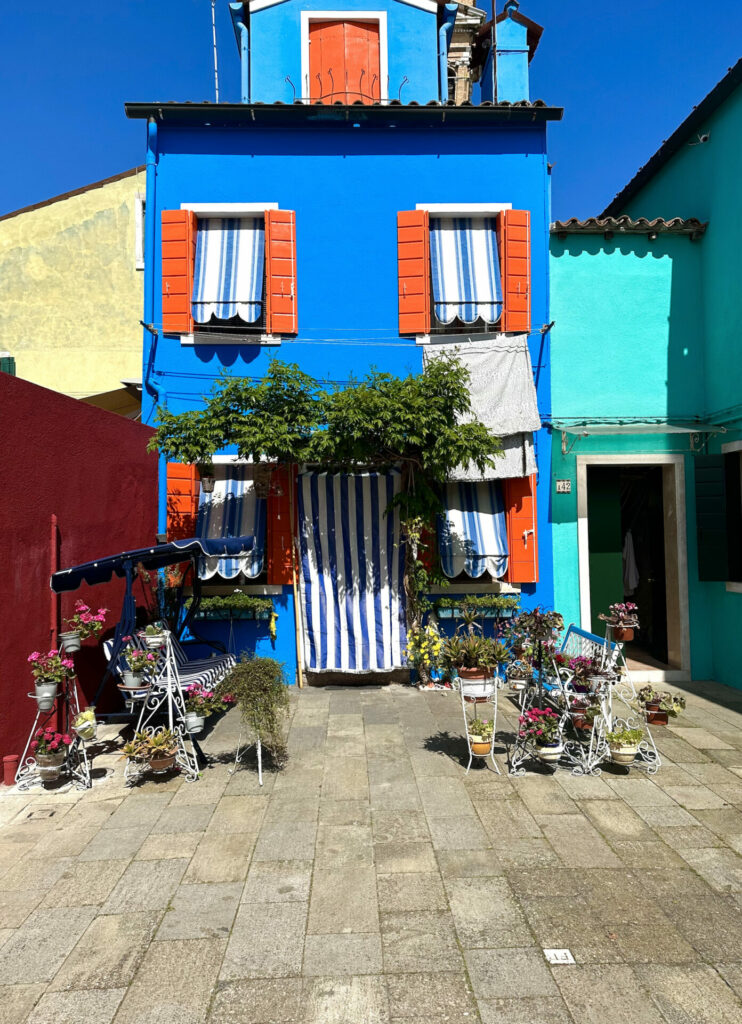
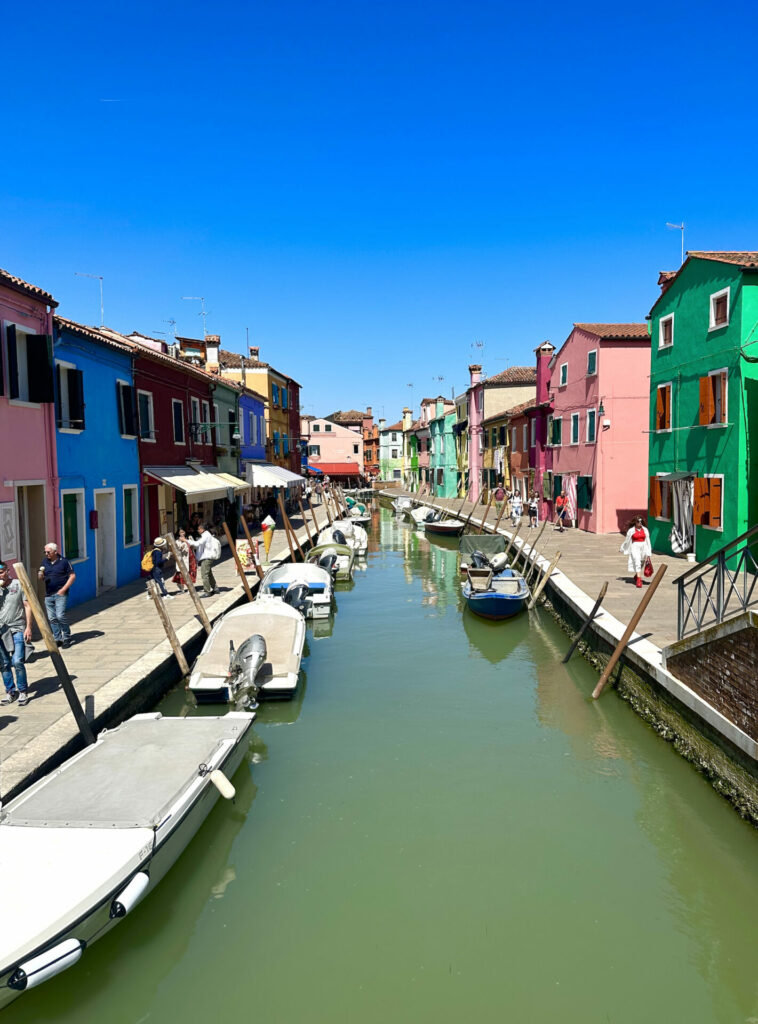
What specialties can you find there?
Beyond the unique architecture of each of these islands, people also visit to discover their specialties.
Murano is best known for its glass industry, which began in the 13th century. At that time, for safety reasons, Venetian glassmakers were relocated from Venice to Murano. Since then, the island has become synonymous with high-quality blown glass. As always, be wary of made-in-China products! Beware: a Murano glass bracelet for €3 is definitely suspicious! Don’t hesitate to venture away from the tourist center: you’ll find many artisans who blow glass directly in their shops, where you can buy beautiful pieces for between €30 and €50.
Burano has a history dating back to Roman times. The island is particularly known for its lace industry, which reached its peak in the 16th and 17th centuries. The lace makers of Burano were highly esteemed, and their craftsmanship was recognized throughout Europe. You can still see lace makers today by moving away from the center or in the oldest shops. Just like in Murano, a beautiful lace tablecloth for €20 is suspicious!
What to do and visit on Murano and Burano?
Plan at least half a day for each island to explore and see what they have to offer. Here’s a brief overview:
Murano
The Glass Museum (Museo del Vetro)
Located in the former palace of the Bishops of Torcello, this museum preserves the history of glass art in Murano with pieces dating from antiquity to the present day. You will find glass masterpieces, glassmakers’ tools, and temporary exhibitions.
Workshops and glass factories
Many glass factories are open to visitors, where you can see live glassblowing demonstrations and purchase unique pieces. Glass factories like Venini, Barovier & Toso, and Seguso are particularly renowned. Most of these glass factories charge an entrance fee, typically between €5 and €10 per person.
The Basilica of Santi Maria e Donato
This church, one of the oldest in the lagoon, is famous for its magnificent Byzantine mosaics and Romanesque architecture.
Palazzo da Mula
A 13th-century Venetian palace, well-known for its frequently photographed façade.
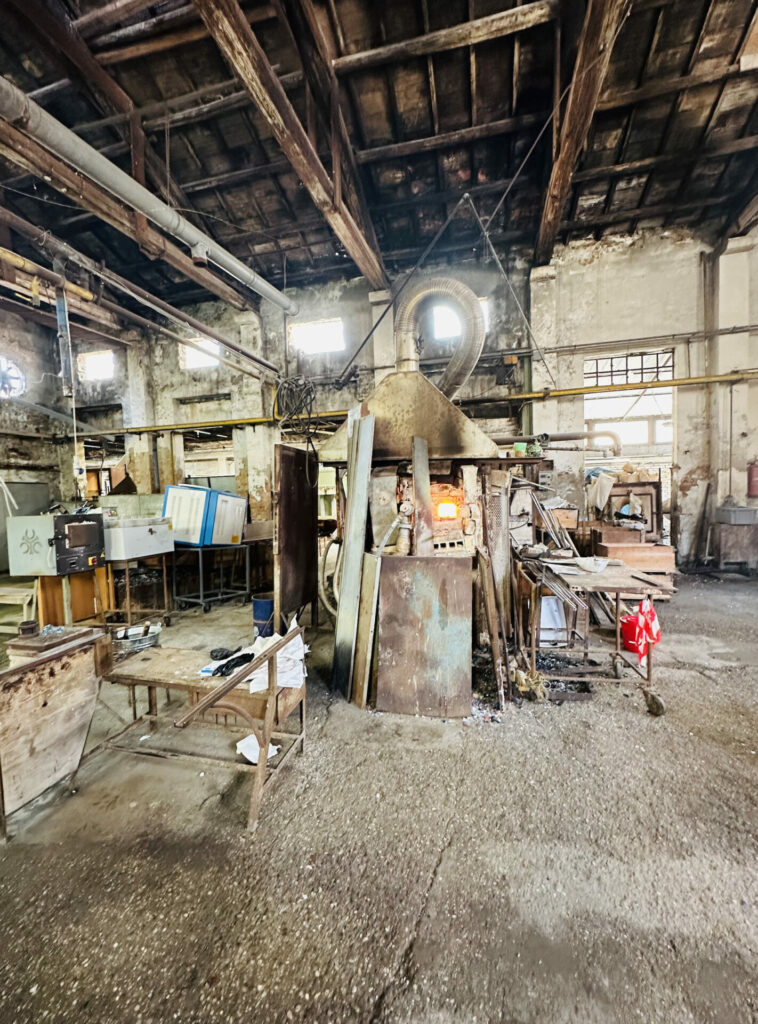
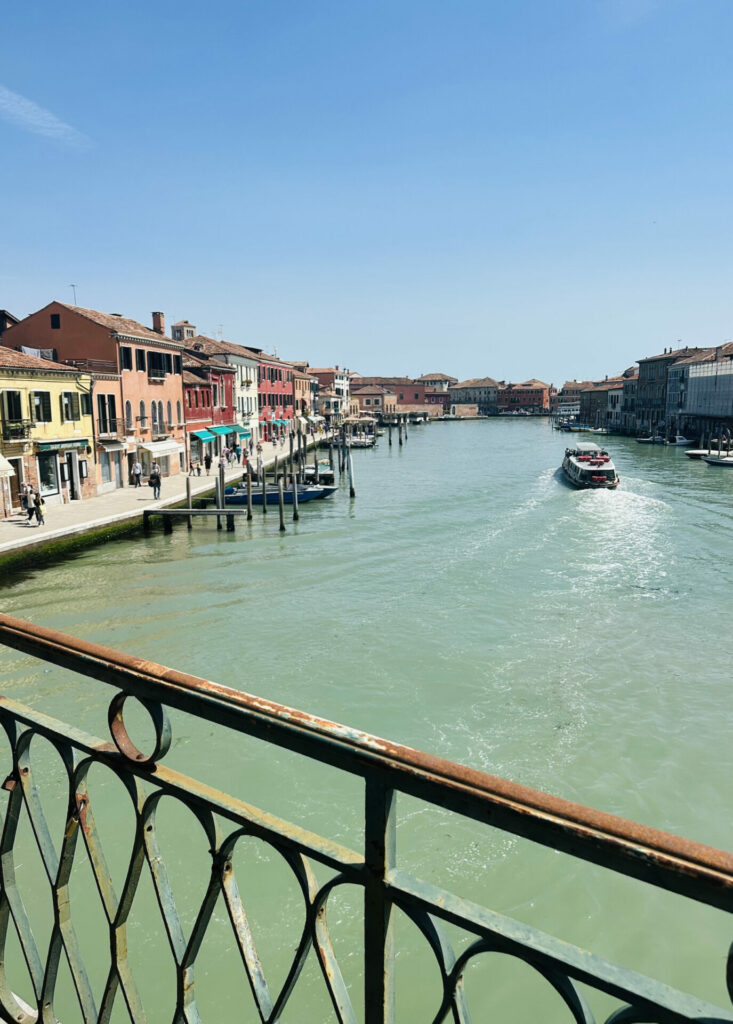
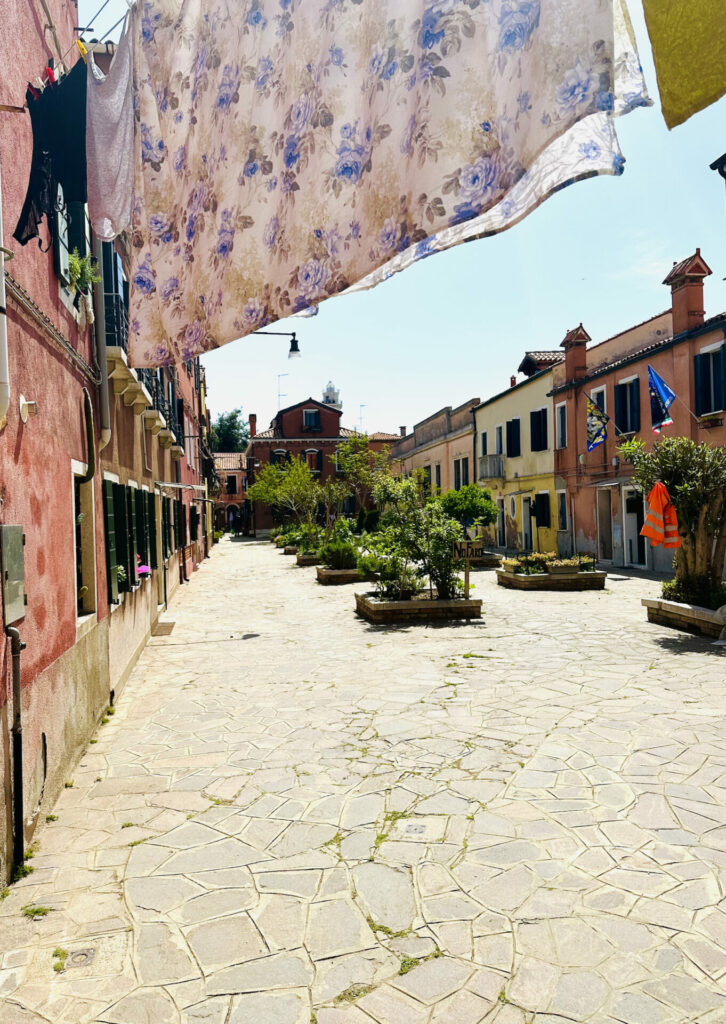
Burano
The colorful houses
One of the most striking features of Burano is its brightly colored houses. Each house is painted in a different color, from mauve, red, green… a true rainbow! Don’t hesitate to wander away from the center; with a bit of luck, you’ll discover lace makers working in front of their houses, free of charge!
The Lace Museum (Museo del Merletto)
Located in the former lace school, this museum traces the history of Burano lace and showcases both ancient pieces and contemporary creations. You can watch live demonstrations by lace makers.
San Martino Church
This parish church is famous for its leaning bell tower, which is very, very tilted! Pisa, watch out! Inside, it houses a magnificent painting by Giambattista Tiepolo, “The Crucifixion.”
Galuppi Square (Piazza Galuppi)
The main square of Burano is lined with cafés, souvenir shops, and pastry shops. It’s an ideal spot to sit and observe local life. Be careful not to get ripped off. If you want to bring back a beautiful lace piece, know that you won’t find genuine Burano lace for €5… The choice is yours!
